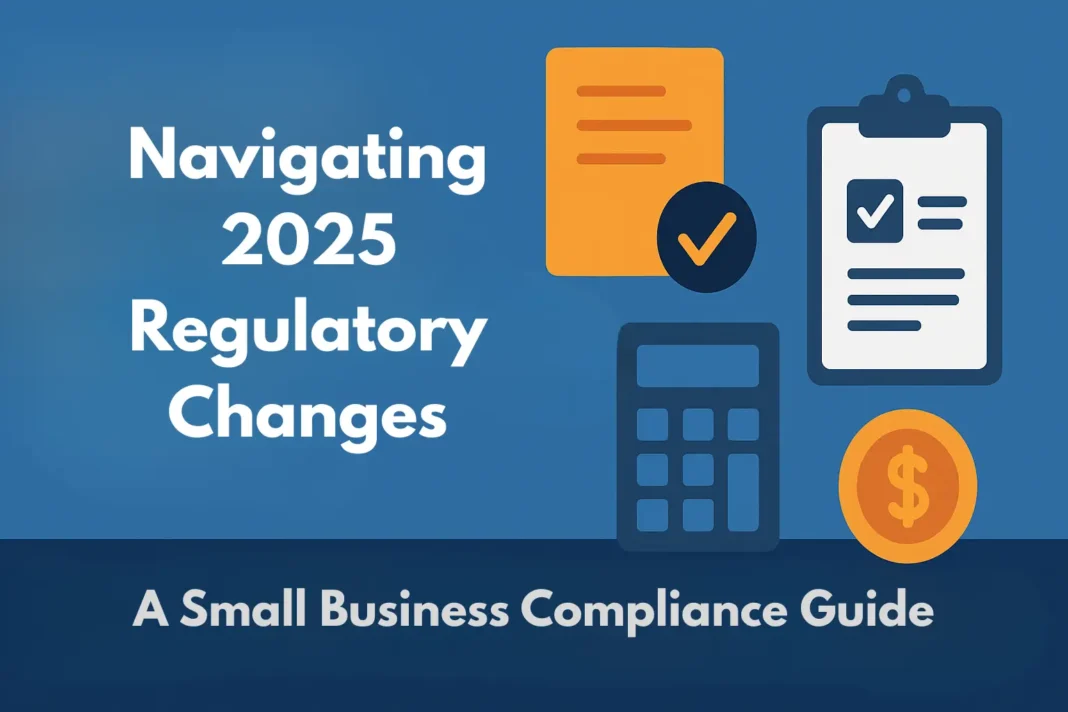Introduction

Thinking about becoming your own boss? Freelancing is one of the best ways to turn your skills into income, gain independence, and work from anywhere. Whether you’re a designer, writer, developer, or consultant, this guide will help you launch your freelancing business and land your first clients successfully.
1. Understand What Freelancing Is
Freelancing means offering your skills or services to multiple clients independently rather than working full-time for one employer. It gives you flexibility—but also requires discipline and business strategy.
2. Identify Your Skills and Niche
Ask yourself: What do I do best?
Focus on one clear niche (like “social media design” instead of just “graphic design”) to attract clients faster and stand out from competitors.
Examples of Profitable Freelancing Niches:
-
Graphic Design & Branding
-
Copywriting & SEO
-
Web & App Development
-
Digital Marketing
-
Virtual Assistance
-
Consulting or Coaching
3. Choose a Freelancing Platform or Go Independent
There are two paths:
-
Freelance Platforms: Sites like Upwork, Fiverr, and Freelancer.com help beginners find work fast.
-
Independent Route: Build your own website and market directly to clients using social media and email outreach.
Tip: Start with platforms, then transition to independence as you gain clients and reputation.
4. Set Your Freelancing Rates Smartly
Pricing can make or break your business.
Start by researching what others in your niche charge. Then calculate your:
-
Hourly Rate: For ongoing tasks or consultations.
-
Project Rate: For well-defined deliverables.
-
Retainer Rate: For long-term client relationships.
Formula Example:
(Desired Monthly Income + Taxes + Expenses) ÷ Billable Hours = Hourly Rate
5. Build a Professional Online Presence
Your online portfolio is your storefront. Create:
-
A simple website or profile with your best work
-
A strong “About” section showcasing your expertise
-
Clear service descriptions
-
Testimonials or mock-up projects
Platforms like Notion, Behance, or LinkedIn can work too if you don’t have a website yet.
6. Create a Killer Portfolio
Even if you’re new, you can:
-
Do sample projects
-
Volunteer for small startups or nonprofits
-
Recreate popular brands’ work (with credit disclaimers)
The goal is to prove your skill and show results.
7. Market Your Freelance Business
Marketing is the lifeblood of freelancing.
Best Ways to Promote Yourself:
-
Post regularly on LinkedIn, X (Twitter), and Instagram
-
Join Facebook and Reddit communities in your niche
-
Send cold emails with value-focused pitches
-
Offer free resources (like guides or tips) to attract leads
8. Find Your First Clients
You’ll get your first few clients through:
-
Freelancing websites (Upwork, Fiverr)
-
Referrals from friends or past colleagues
-
Cold outreach
-
Local networking events
Start small—one happy client can lead to multiple referrals.
9. Build Long-Term Client Relationships
It’s cheaper to retain clients than find new ones.
Deliver work on time, communicate clearly, and exceed expectations.
Offer value continuously, like insights or small bonuses, to keep clients coming back.
10. Manage Your Freelancing Finances
As your own boss, you’ll handle:
-
Invoicing – Use tools like PayPal, Wave, or FreshBooks
-
Taxes – Set aside 20–30% of your income
-
Budgeting – Track expenses like software, internet, and workspace costs
Keep records of every payment and invoice—it’s crucial for growth and legal compliance.
11. Set Up Contracts and Boundaries
Always use written contracts to protect yourself and your client.
Include:
-
Scope of work
-
Payment schedule
-
Revisions policy
-
Deadlines and deliverables
This avoids misunderstandings and ensures professionalism.
12. Learn to Say No
Not every client is a good fit.
Avoid low-paying or disrespectful clients. Focus on those who value your expertise and respect deadlines.
13. Scale Your Freelance Business
Once stable, expand by:
-
Increasing rates
-
Offering new services
-
Outsourcing small tasks
-
Building a small agency
Growth comes when you focus more on high-value work and systems.
14. Stay Updated and Keep Learning
Freelancing evolves quickly—so keep learning!
Follow industry blogs, join webinars, or take online courses.
The more you upskill, the more you earn.
15. Final Tips for Success
✅ Stay consistent — results take time
✅ Communicate clearly — clients love reliability
✅ Keep learning — your skills are your greatest asset
Conclusion
Starting a freelancing business isn’t just about finding clients—it’s about building freedom.
You’re crafting a lifestyle where your time, income, and creativity are under your control.
Take it one step at a time, stay patient, and soon you’ll have a thriving freelance career.
FAQs
1. How do I get my first client without experience?
Offer discounted rates or do sample projects to build a portfolio.
2. Should I register my freelancing as a business?
Yes, especially once you start earning consistently. It helps with taxes and professionalism.
3. How much should a beginner freelancer charge?
Start modestly, but don’t undervalue your time—$10–$25/hr is reasonable for new freelancers.
4. What tools should freelancers use?
Use tools like Trello (management), Canva (design), Notion (organization), and PayPal (invoicing).
5. How can I stay motivated as a freelancer?
Set small goals, reward yourself, and remember your “why” — freedom, creativity, and control.







